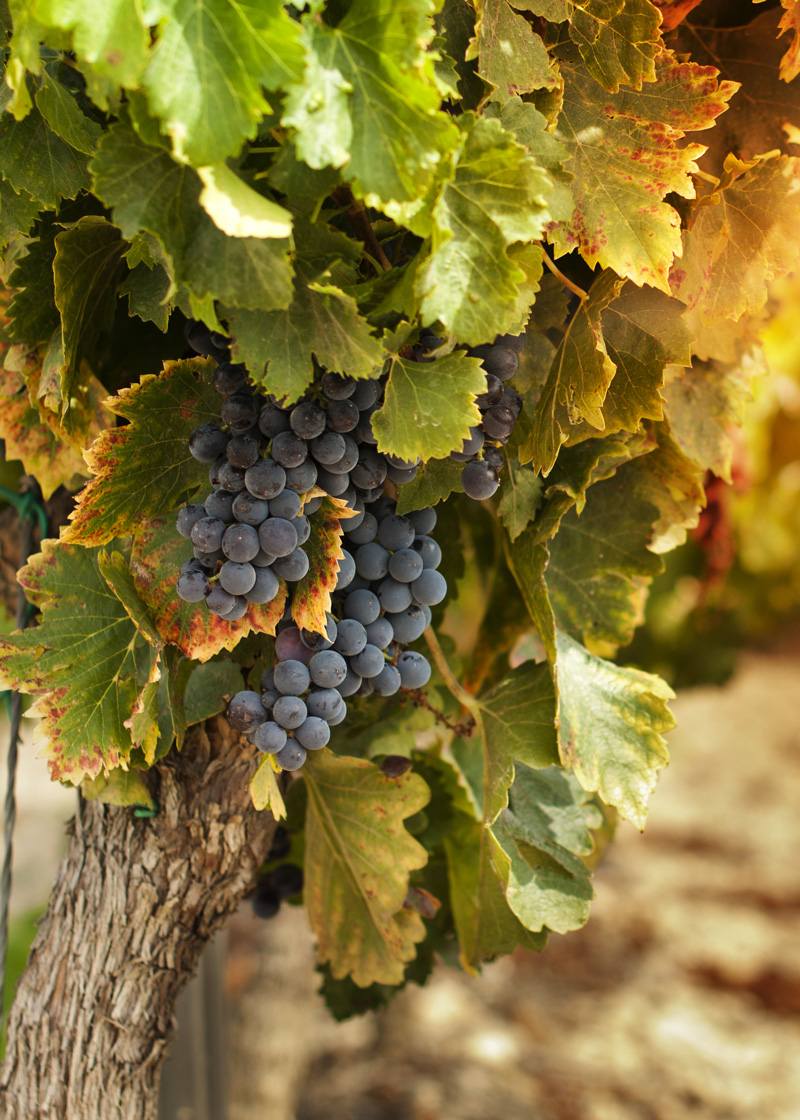
While the world’s winemakers utilize many different species of vines, the vast majority of recognizable varieties like Cabernet or Chardonnay come from a single species: Vitis Vinifera. In other words, Cabernet and Chardonnay are not separate species, but different varieties of the same species.
It is believed that Vitis Vinifera, or simply Vinifera, originated in the ancient Middle East, near Anatolia or modern day Georgia, and was spread throughout Europe by the Phoenicians, Greeks, and Romans.
Vinifera is a warm and dry-climate plant. It can grow in many conditions, but thrives in sunny sites with plenty of drainage and relatively poor soil. It is often found in parts of the world that have a Mediterranean climate, such as Italy, Greece, California, and South Africa.
Growing Grapevines
Grapevines reproduce differently than most plants. A pepper seed, for example, will result in a plant similar to its parent. If, however, a Cabernet seed were planted, an entirely different variety would result. In fact, each and every seed from every grape in the world, if cultivated, would produce a different variety. In order to propagate a particular variety, wine growers use two methods. The first is to simply put part of a vine in the ground and let it take root. The vine can then be cut forming two separate plants. The most common method, however, is called “grafting,” wherein a cutting is taken from one vine and attached to another. The cutting fuses with its new vine, and becomes a part of the second plant. Millions of Cabernet vines around the world are the result of grafting and regrafting cuttings from a single plant that may have originated, by accident, generations ago.

Vine Pruning
Vines can be pruned into many shapes that can offer advantages and disadvantages, depending on the site of the vineyard. Some shapes, or “training systems,” are better for sunny weather, while others are better for high winds. Regardless of the training system, the wine grower will prune their vines during the winter each year. If left to grow naturally, grapevines will cover a large area – similar to other vines, like ivy. The ancient Romans would plant grapevines at the base of fruit trees. The vines would grow up the tree and produce grapes side by side with the fruit of the tree. Over time, it became clear that large vines require more energy to support the structure of their shoots, leaves, etc. and have limited resources to devote to fruit production. An old vine with an extensive root system, but limited above ground structure, will focus its nutrients on its grapes – resulting in more flavorful wine. The shape of the vines is dependent upon the vineyard’s climate.



